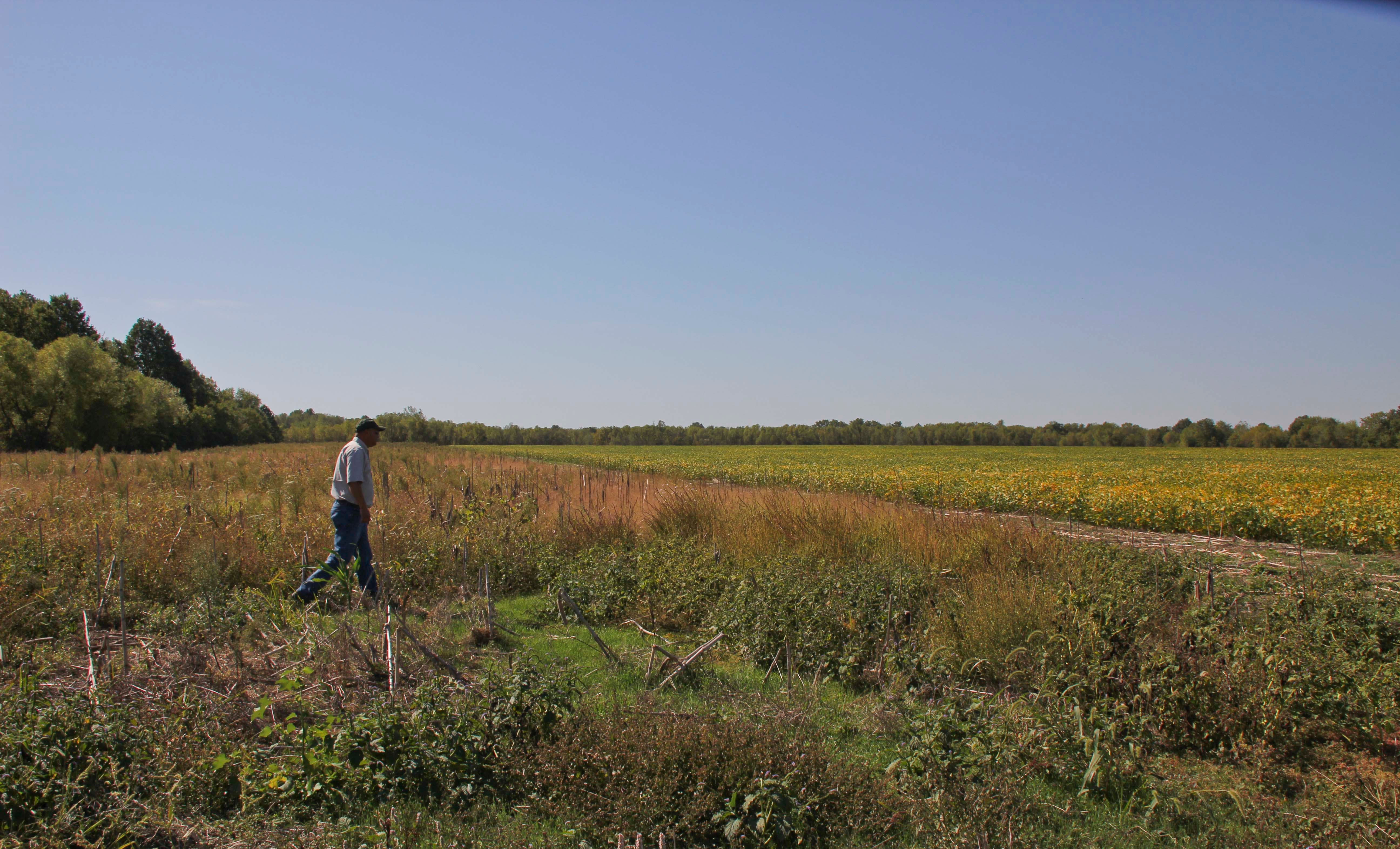
Xplor reconnects kids to nature and helps them find adventure in their own backyard. Free to residents of Missouri.


































Stay in Touch with MDC news, newsletters, events, and manage your subscription

Xplor reconnects kids to nature and helps them find adventure in their own backyard. Free to residents of Missouri.

A monthly publication about conservation in Missouri. Started in 1938, the printed magazine is free to residents of Missouri.


CLINTON, Mo -- Monte McQuillen manages 28,000 acres of crop fields, grassy cover strips, native prairie grasses, brushy fence rows and woodlands on public lands surrounding Truman Reservoir – prime wildlife habitat. So he’s not surprised to see a flock of wild turkeys sneaking about on an autumn day or white-tailed deer tracks in a pasture.
McQuillen also knows what to expect as the fall and winter hunting seasons unfold. The wildlife management biologist will see hunters afield on land surrounding the reservoir that the Missouri Department of Conservation leases from the U.S. Army Corps of Engineers and manages for the public to enjoy.
“Deer hunting is big here at Truman,” he said.
Many hunters will be successful, and that’s gratifying to MDC crews working year round on habitat management.
“One evening I came upon some people on the roadside,” McQuillen said. “This young girl had just shot her first buck deer and they had just dragged it out from the woods. She was so excited. They asked me to kneel down to take my picture with her and the deer. It’s so nice to see someone with a nice buck or have someone tell me they saw the biggest deer they’d ever seen on one of our areas. Those are things I can take back to our crews.”
Truman Reservoir is ringed by 100,000 acres of public land in the lake’s sprawling basin in west central Missouri. The Corps manages much of that land, and hunting is allowed on some, though there are also areas posted with no hunting such as campgrounds and parks.
But MDC leases more than 58,000 of those acres from the Corps specifically to boost habitat for wildlife and increase the public’s opportunities for outdoor recreation such as hunting. Some of the largest MDC wildlife management areas are in uplands where major creeks and rivers feed into the lake.
McQuillen manages several wildlife areas in Henry and Benton counties that are on the lake’s Grand River, Deepwater Creek and Tebo Creek arms. Some have interesting names such as the Gouge Eye Wildlife Management Area or the Bethlehem Wildlife Management Area.
For a listing of wildlife management areas open to public hunting at the lake, go to the MDC Conservation Atlas at http://bit.ly/qP0qL0. Put the county name where you’d like to hunt into the search engine, click on Find, and a list will appear for that county. Click on those listed as “Truman Reservoir ML” followed by the name.
Most wildlife management areas are a patchwork of farmed corn and soybean fields divided by trees and field borders with unpicked corn grown up with early succession grasses such as foxtail that upland game enjoy for cover and food. Some fields are planted in clover to nurture deer and other wildlife. Sunflower fields are planted to attract doves.
“But all types of wildlife eat them (sunflowers),” McQuillen said.
Managing the areas is a challenge because they’re big and some will be flooded when the lake rises to high levels. Areas from high-water lines to the lakeshore are difficult because diverse upland vegetation is killed by the flooding and less desirable weeds invade. But even those areas provide an interface with better upland cover that wildlife can utilize, McQuillen said.
Most acreage, though, grows crops and natural cover friendly to both wildlife and hunters. Cooperating farmers raise the crops under contract and also make improvements for wildlife habitat. MDC crews improve natural cover on fields and borders without crops.
Each area gets some attention yearly. But to stretch limited maintenance resources, McQuillen rotates habitat work such as prescribed burns, brush thinning or food plot planting.
“We try to keep the rotation going and hit every area every two to three years and keep that early succession habitat going, such as foxtail,” he said. “Quail and other upland critters like that better. They like annual weeds that are not too rank so they can move through it easier.”
Wildlife populations and hunter numbers vary at the lake areas. The lake is especially popular during firearms deer season. McQuillen’s advice for hunters should:
“Our areas are popular,” McQuillen said, “because a lot of hunters have done well here.”